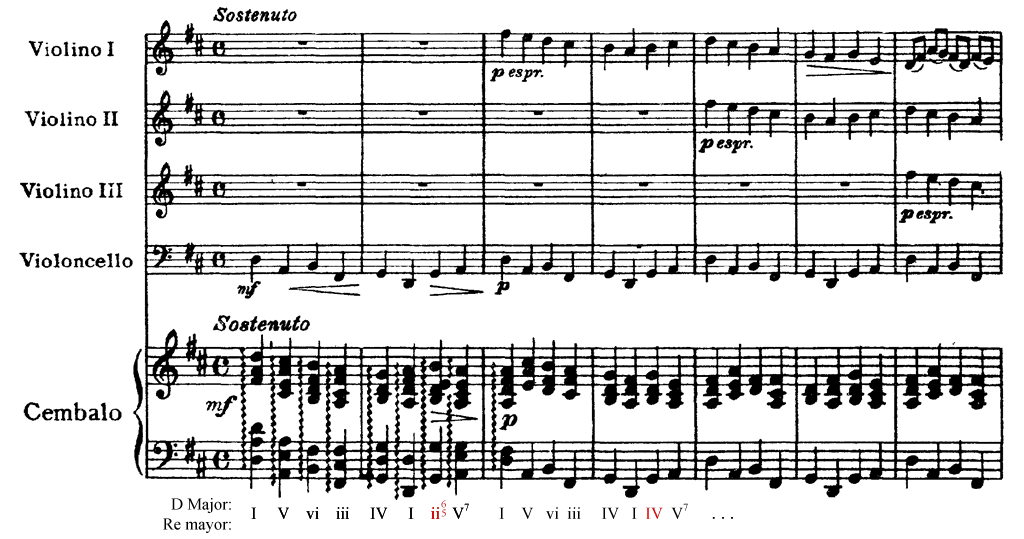Canon alla ottava
José Rodríguez Alvira
It is relatively easy to compose a canon at the octave by using a repetitive harmonic pattern. In the following example Konrad Max Kunz uses only 2 chords to create a canon:

Pachelbel's canon is a more elaborate example of the same method. The harmonic progression consists of 8 chords with a small variation in the seventh chord (marked in red). Both chords have a subdominant function and differ only in one note (E):
| 1 | 2 | 3 | 4 | 5 | 6 | 7 | 8 | |
|---|---|---|---|---|---|---|---|---|
| D major: | I | V | vi | iii | IV | I | ii6/5 IV |
V7 |

There are many examples of canons at the octave constructed in this way. However, the Canon alla ottava of Bach dispenses with this simple method and demonstrates a greater degree of complexity.
The canon is based on the inverted form of the Art of Fugue's subject.
Original subject from the Art of the fugue:

Inverted subject:

The canon's subject (notes from the inverted subject marked in red):

The subject is presented by the upper voice. Here a harmonic analysis when the subject is imitated by the lower voice in measure 5:

This harmonic plan is not going to be repeated à la Pachelbel. Bach will use his harmonic skills to make variations in every imitation. Let's see...